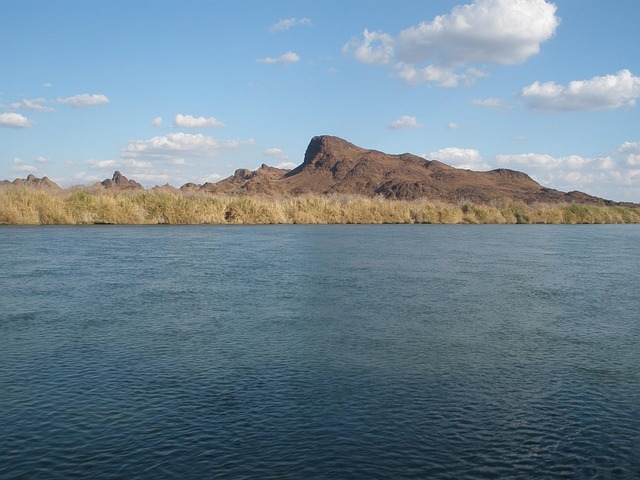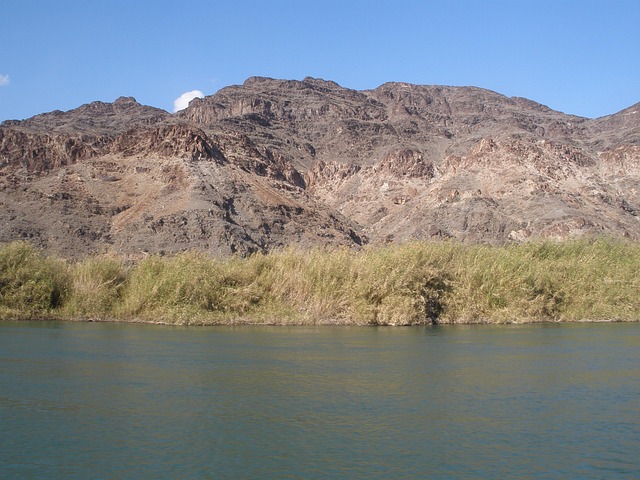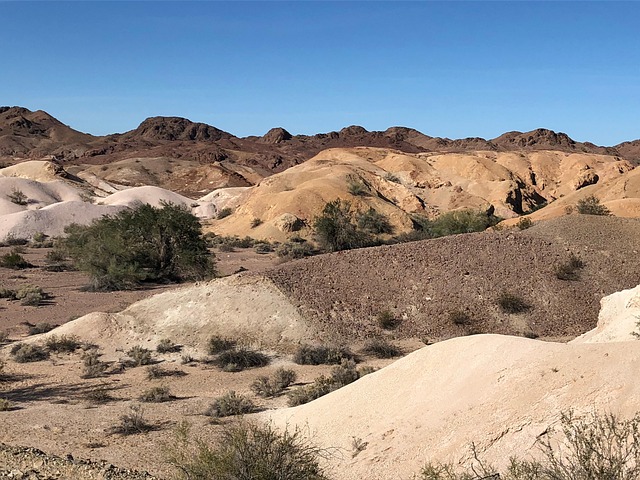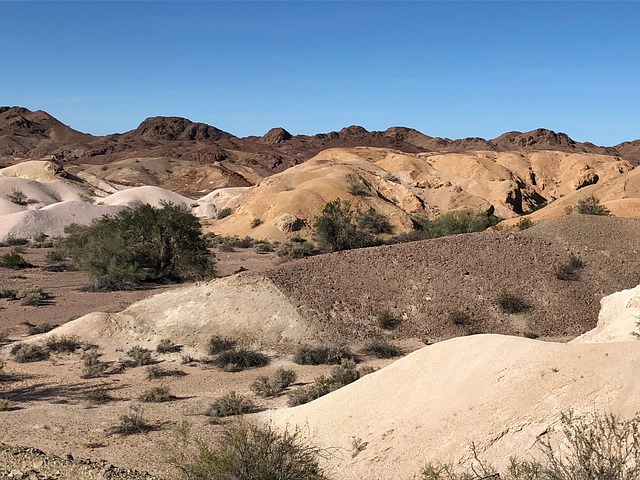Border cities, with their strategic locations and diverse populations, offer a vibrant real estate market catering to various needs. High demand is driven by trade and cultural exchange, featuring properties from residential to commercial. The value of agricultural land reflects economic health, influenced by population growth and dietary habits. Investing in rural-urban integration is crucial for sustainable growth, promoting mixed-use developments that blend urban amenities with agricultural resources, enhancing the city's unique border position.
Border cities, nestled between countries or states, offer a unique blend of cultural diversity and economic opportunities. With agricultural prominence, these areas are experiencing robust real estate growth. This article explores the dynamic market dynamics of border cities, focusing on agricultural land value appreciation and the emerging trend of rural-urban integration. By delving into these aspects, we provide insights for investors seeking lucrative opportunities in the ever-evolving real estate landscape.
Border Cities: A Unique Real Estate Market

Border cities, situated at the intersection of countries or states, possess a unique charm and present distinct real estate opportunities. Their strategic locations often attract investors and residents alike, seeking the advantages of both regions. These urban areas typically experience high demand for property, driven by factors such as trade facilitation, cultural exchange, and economic collaboration. The real estate market in border cities is characterized by diverse offerings—from residential properties catering to a mix of long-term residents and transient workers to commercial spaces facilitating international business.
The unique demographic makeup of these places adds to their appeal. Border communities often foster cultural diversity, attracting individuals from various backgrounds. This blend contributes to a vibrant atmosphere, reflected in the architecture, cuisine, and local events. Real estate professionals in such areas must understand this dynamic nature, offering properties that cater to diverse lifestyles while ensuring accessibility to essential services and cross-border amenities.
Agricultural Land Value and Growth

The value of agricultural land in border cities is often a key indicator of their economic health and growth prospects. As these urban areas rely heavily on farming, the real estate market here is closely tied to the agricultural sector’s performance. Over time, increased demand for farmland due to expanding populations and changing dietary habits has led to a significant rise in land values. This trend is particularly noticeable in border regions, where affordable land attracts farmers looking to expand their operations or new investors seeking opportunities.
The growth of agricultural land value brings both benefits and challenges. On one hand, it provides an incentive for farmers to invest in modern techniques and technology, improving overall productivity. On the other hand, soaring land prices can make it difficult for small-scale farmers to compete and may encourage further consolidation of farmland under the control of larger corporations. This dynamic underscores the complex relationship between agriculture, real estate, and urban development in border cities.
Investing in Rural and Urban Integration

In a border city with agricultural prominence, investing in rural and urban integration is key to fostering sustainable growth. This strategy involves seamlessly connecting the vibrancy of urban centers with the rich resources and potential of rural areas. By bridging the gap between farmland and real estate development, cities can enhance their appeal for residents and businesses alike while preserving agricultural lands that are vital to the region’s economy and way of life.
Such integration encourages innovative solutions like mixed-use developments that blend residential, commercial, and agricultural components. This approach not only diversifies the local economy but also promotes a more balanced and harmonious lifestyle. With careful planning, cities can leverage their unique position at the border to create dynamic communities that honor their agricultural roots while embracing modern urban amenities.






